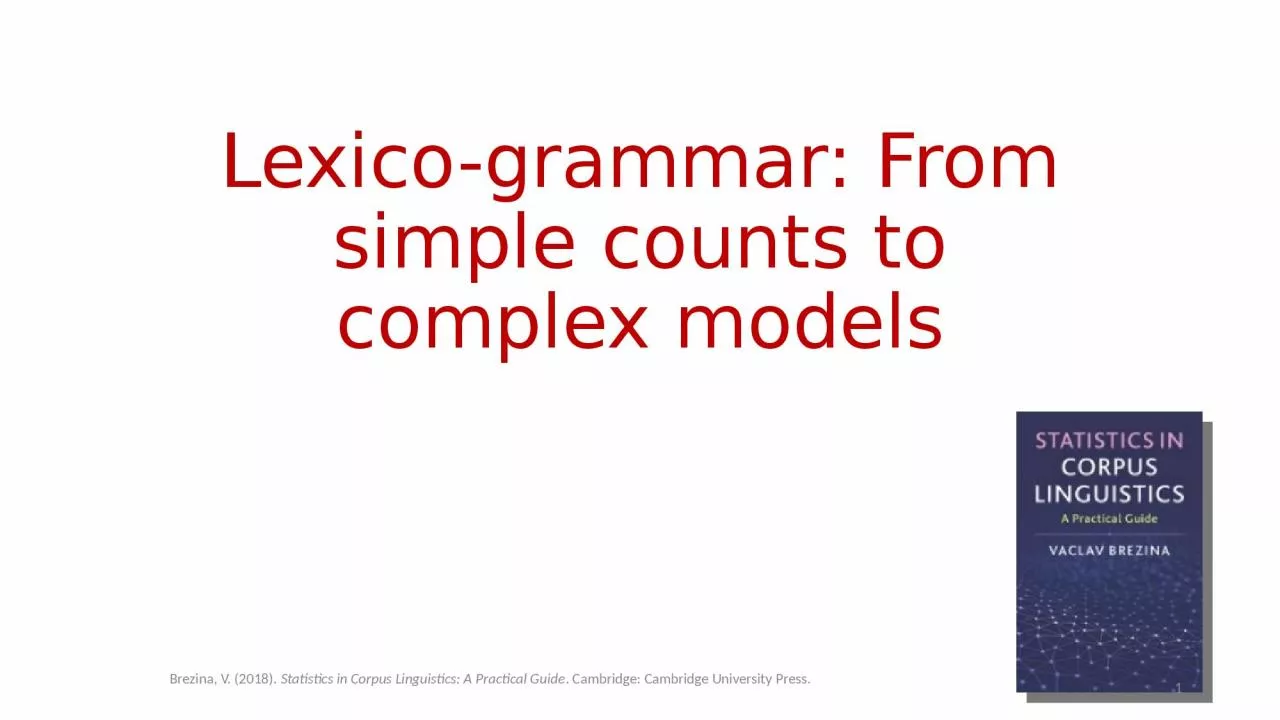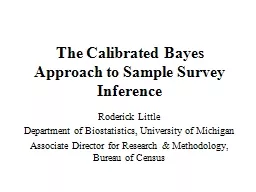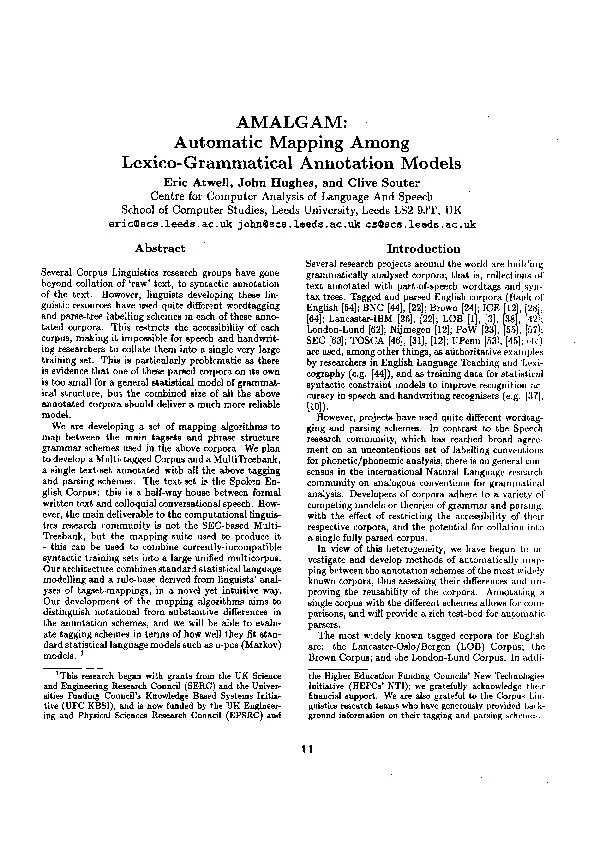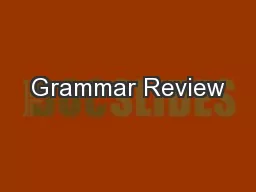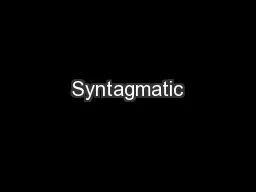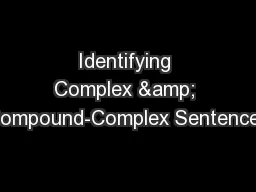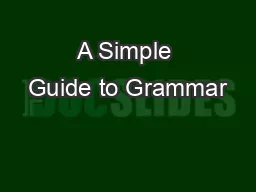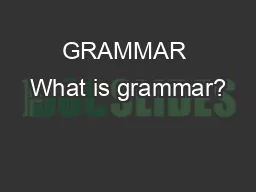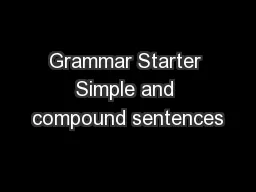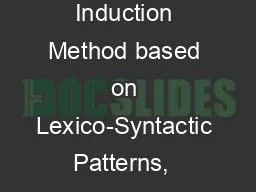PPT-Lexico -grammar: From simple counts to complex models
Author : walsh | Published Date : 2024-03-13
Brezina V 2018 Statistics in Corpus Linguistics A Practical Guide Cambridge Cambridge University Press 1 If these words are not essential to the meaning of your
Presentation Embed Code
Download Presentation
Download Presentation The PPT/PDF document "Lexico -grammar: From simple counts to c..." is the property of its rightful owner. Permission is granted to download and print the materials on this website for personal, non-commercial use only, and to display it on your personal computer provided you do not modify the materials and that you retain all copyright notices contained in the materials. By downloading content from our website, you accept the terms of this agreement.
Lexico -grammar: From simple counts to complex models: Transcript
Download Rules Of Document
"Lexico -grammar: From simple counts to complex models"The content belongs to its owner. You may download and print it for personal use, without modification, and keep all copyright notices. By downloading, you agree to these terms.
Related Documents

